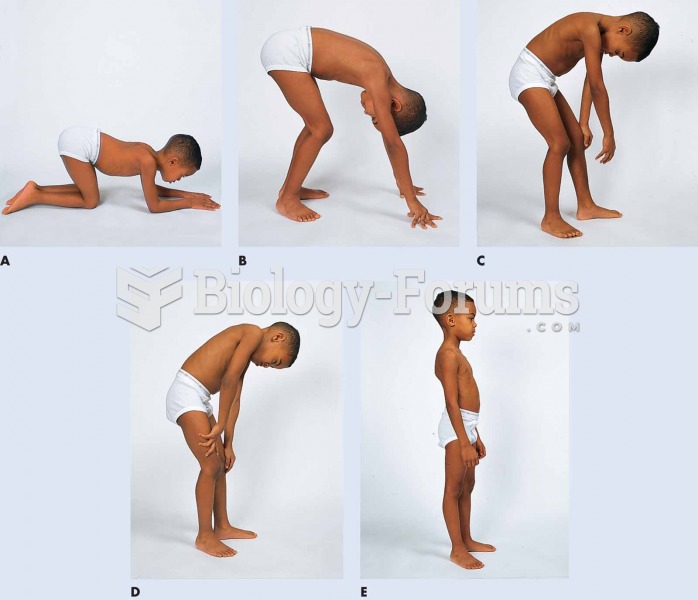Answer to Question 1
Exposure to media violence can be both: 1 . a short-term precipitating factor for aggressive and violent behavior that results from priming, excitation, or imitation of specific behaviors, and 2 . a long-term predisposing factor for aggressive behavior acquired via desensitization to violence and observational learning of an aggression-supporting belief system (i.e., the world is a hostile place, aggression is acceptable, aggression can be used to solve social problems) (Huesmann et al., 2003). Exposure to media violence may reinforce preexisting antisocial tendencies in some children. For example, in a series of studies spanning more than a decade, children with conduct problems were found to view relatively large amounts of violent material, prefer aggressive characters, and believe fictional content to be true (Gadow & Sprafkin, 1993).
Answer to Question 2
The social selection hypothesis states that people who move into different neighborhoods differ from one another before they arrive, and those who remain differ from those who leave. For individuals with antisocial traits, this creates a community organization that minimizes productive social relations and effective social norms, leading to the antisocial behavior becoming the rule (Sampson, Raudenbush, & Earls, 1997). The effects of community characteristics on crime and delinquency are likely to be reinforced by neighborhood social disorganization characterized by few local friendship and acquaintance networks, low participation in local community organizations, and an inability to supervise and control teenage peer groups (Sampson & Groves, 1989). In high-risk neighborhoods, enrollment in a poor quality school is associated with antisocial and delinquent behavior, whereas a positive school experience can be a protective factor for the development of these behaviors (Rutter, 1989). A good school environment characterized by clear requirements for homework completion, high academic expectations, clear and consistent discipline policies, and incentives for appropriate school behavior and achievement may partially compensate for poor family circumstances. Systematic interventions to promote these school characteristics have resulted in schoolwide reductions in children's conduct problems (Gottfredson, Gottfredson, & Hybel, 1993).







